Female Founders Received Less Than 3 Per Cent Of Global Funding In 2022
The numbers just don’t add up.
Today, March 8 2023, marks International Women’s Day. And it has never been more important to acknowledge how far we’ve come but also how far we’ve got to go. Two-thirds of new businesses created in Australia in the past decade have been founded by women and, according to the ABS, there has been a 46 per cent jump in women business owners over the past 20 years. On the surface, this seems like we’ve taken leaps and bounds towards gender equality. But, below the surface, it isn’t exactly what it seems.
Like is too often the case when we read headlines about an astonishing number of products selling every second or the secret behind the six-figure beauty founder’s success, we tend to know a lot about personal success. But it is rare that we really delve into the nitty gritty of a business—the financials, the human resources, the politics. In a world that is increasingly open (almost to a fault), the complexity of business is still rather taboo to discuss.
So, let’s start here: running a business is expensive. Not only are there wages to pay but product costs, marketing and advertising, tax, rent, freight, consultants, subscriptions and even toilet paper! It all adds up. A recent report published by JP Morgan talks about funding in Australia and highlights some rather dire statistics:
- Equity funding to Aussie start-ups is down 30 per cent in comparison to 2021
- Participation in deals by female founders is up, sitting at 23 per cent of companies.
- Other reports from around the world show females received 2.9 per cent of all funding.
Even if we round up to three per cent, that’s a pill that’s hard to swallow. So, why is there such little access to funding for women? A report published in 2022 found that 82 per cent of female founders believed that gender impeded their ability to raise venture capital.
Canva co-founder Melanie Perkins was famously turned down by over 100 investors before securing the investment she needed to get her business off the ground, which, in September 2021, was valued at over $40 billion. As part of her plight for investment, Perkins learned kitesurfing in an effort to impress a group of VC kitesurfers.
A diamond in the rough haircare brand, STRAAND, secured a $2 million pre-seed investment from Unilever. But receiving funding prior to launch created barriers of its own, co-founder Megan Pate explains. “We had to prove the brand concept, present a strong business case and provide a clear path to profitability. Beauty is a crowded space; we had to prove that we could stand out; that our brand and product was differentiated and playing in ‘white space’.”
Entrepreneur Vicky Tsai, founder of Tatcha, was asked to stand down as CEO by two male consultants in order to secure a private equity deal. The tables turned when she was asked to return two years later to return the company to its former glory.
Research by Asialink predicts that boosting the number of female business owners to equal that of men could add between $70 billion and $135 billion to the Australian economy. When trying to draw conclusions on why this inequality still exists today, there’s not a whole lot of data behind the why.
Why are female-founded businesses more likely to be unsuccessful in venture capital raises? And, if successful, why are they often awarded a smaller slice of the pie (aka funding)? Hopefully by this time next year we will have more answers.
Female Founders Received Less Than 3 Per Cent Of Global Funding In 2022
The numbers just don’t add up.
Today, March 8 2023, marks International Women’s Day. And it has never been more important to acknowledge how far we’ve come but also how far we’ve got to go. Two-thirds of new businesses created in Australia in the past decade have been founded by women and, according to the ABS, there has been a 46 per cent jump in women business owners over the past 20 years. On the surface, this seems like we’ve taken leaps and bounds towards gender equality. But, below the surface, it isn’t exactly what it seems.
Like is too often the case when we read headlines about an astonishing number of products selling every second or the secret behind the six-figure beauty founder’s success, we tend to know a lot about personal success. But it is rare that we really delve into the nitty gritty of a business—the financials, the human resources, the politics. In a world that is increasingly open (almost to a fault), the complexity of business is still rather taboo to discuss.
So, let’s start here: running a business is expensive. Not only are there wages to pay but product costs, marketing and advertising, tax, rent, freight, consultants, subscriptions and even toilet paper! It all adds up. A recent report published by JP Morgan talks about funding in Australia and highlights some rather dire statistics:
- Equity funding to Aussie start-ups is down 30 per cent in comparison to 2021
- Participation in deals by female founders is up, sitting at 23 per cent of companies.
- Other reports from around the world show females received 2.9 per cent of all funding.
Even if we round up to three per cent, that’s a pill that’s hard to swallow. So, why is there such little access to funding for women? A report published in 2022 found that 82 per cent of female founders believed that gender impeded their ability to raise venture capital.
Canva co-founder Melanie Perkins was famously turned down by over 100 investors before securing the investment she needed to get her business off the ground, which, in September 2021, was valued at over $40 billion. As part of her plight for investment, Perkins learned kitesurfing in an effort to impress a group of VC kitesurfers.
A diamond in the rough haircare brand, STRAAND, secured a $2 million pre-seed investment from Unilever. But receiving funding prior to launch created barriers of its own, co-founder Megan Pate explains. “We had to prove the brand concept, present a strong business case and provide a clear path to profitability. Beauty is a crowded space; we had to prove that we could stand out; that our brand and product was differentiated and playing in ‘white space’.”
Entrepreneur Vicky Tsai, founder of Tatcha, was asked to stand down as CEO by two male consultants in order to secure a private equity deal. The tables turned when she was asked to return two years later to return the company to its former glory.
Research by Asialink predicts that boosting the number of female business owners to equal that of men could add between $70 billion and $135 billion to the Australian economy. When trying to draw conclusions on why this inequality still exists today, there’s not a whole lot of data behind the why.
Why are female-founded businesses more likely to be unsuccessful in venture capital raises? And, if successful, why are they often awarded a smaller slice of the pie (aka funding)? Hopefully by this time next year we will have more answers.


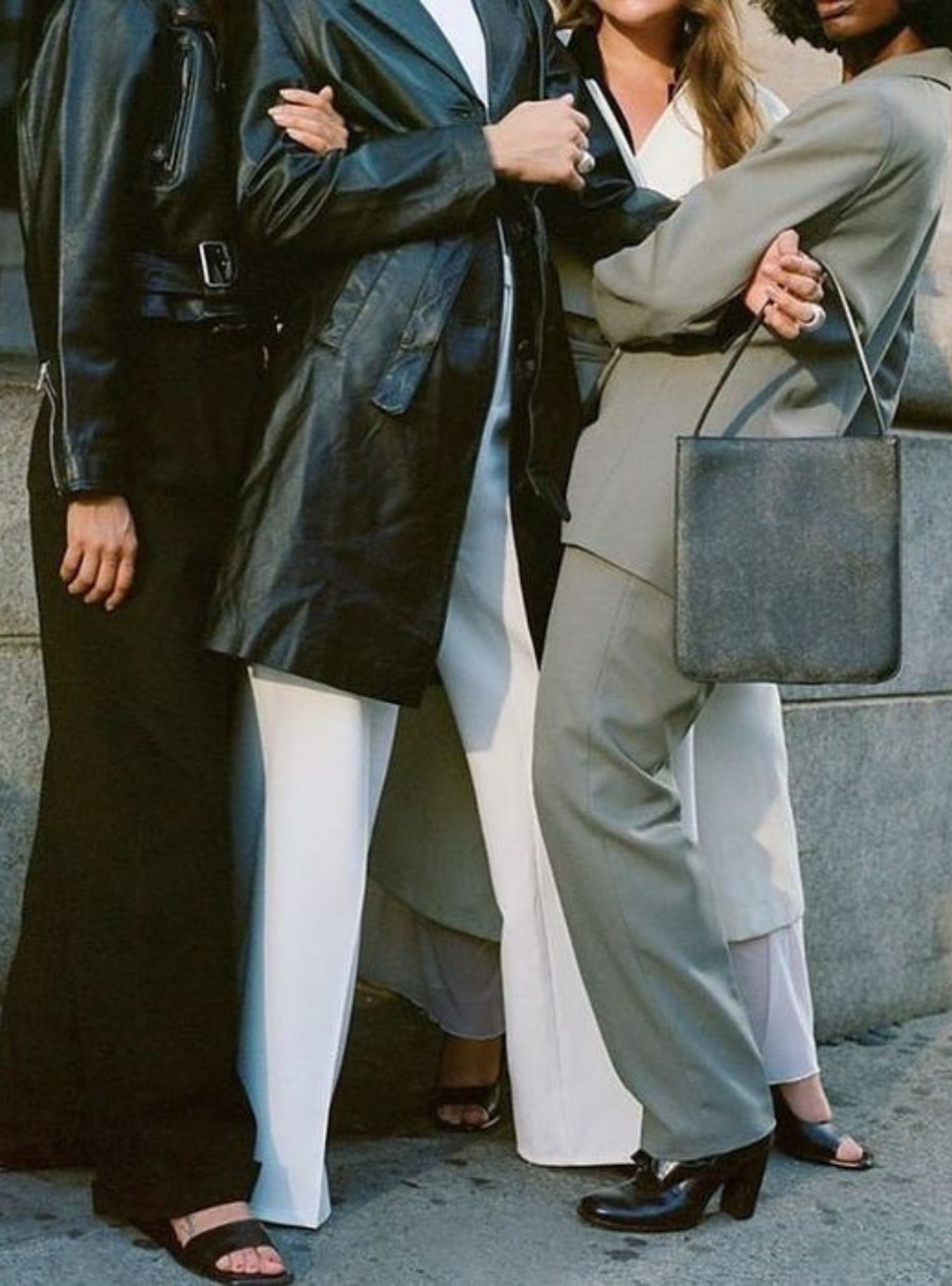


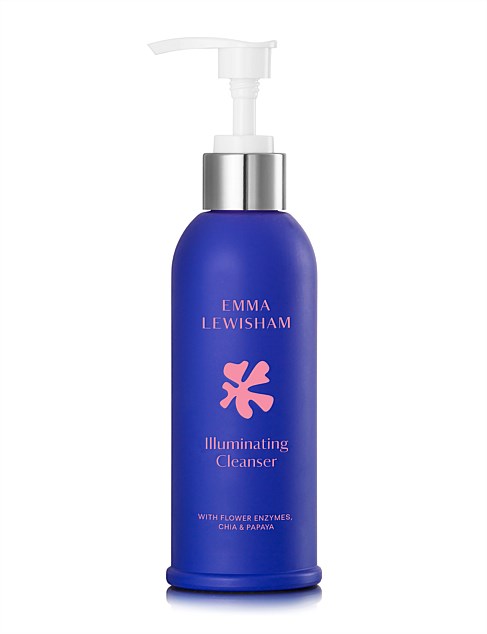


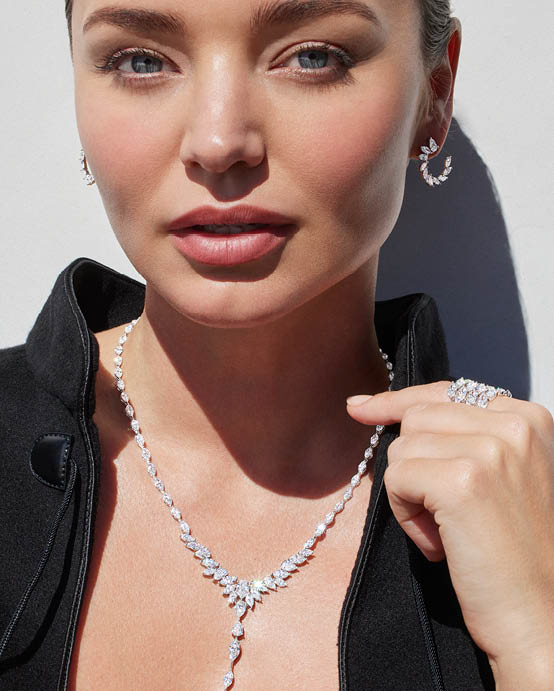
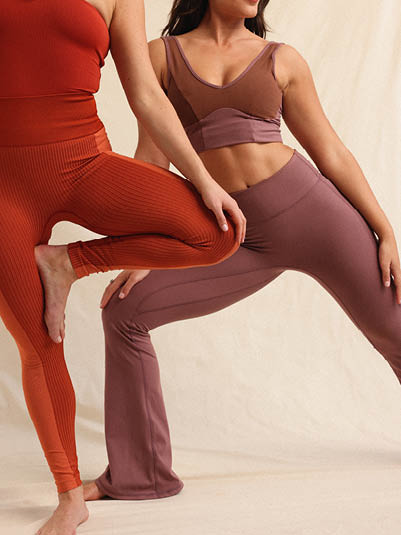


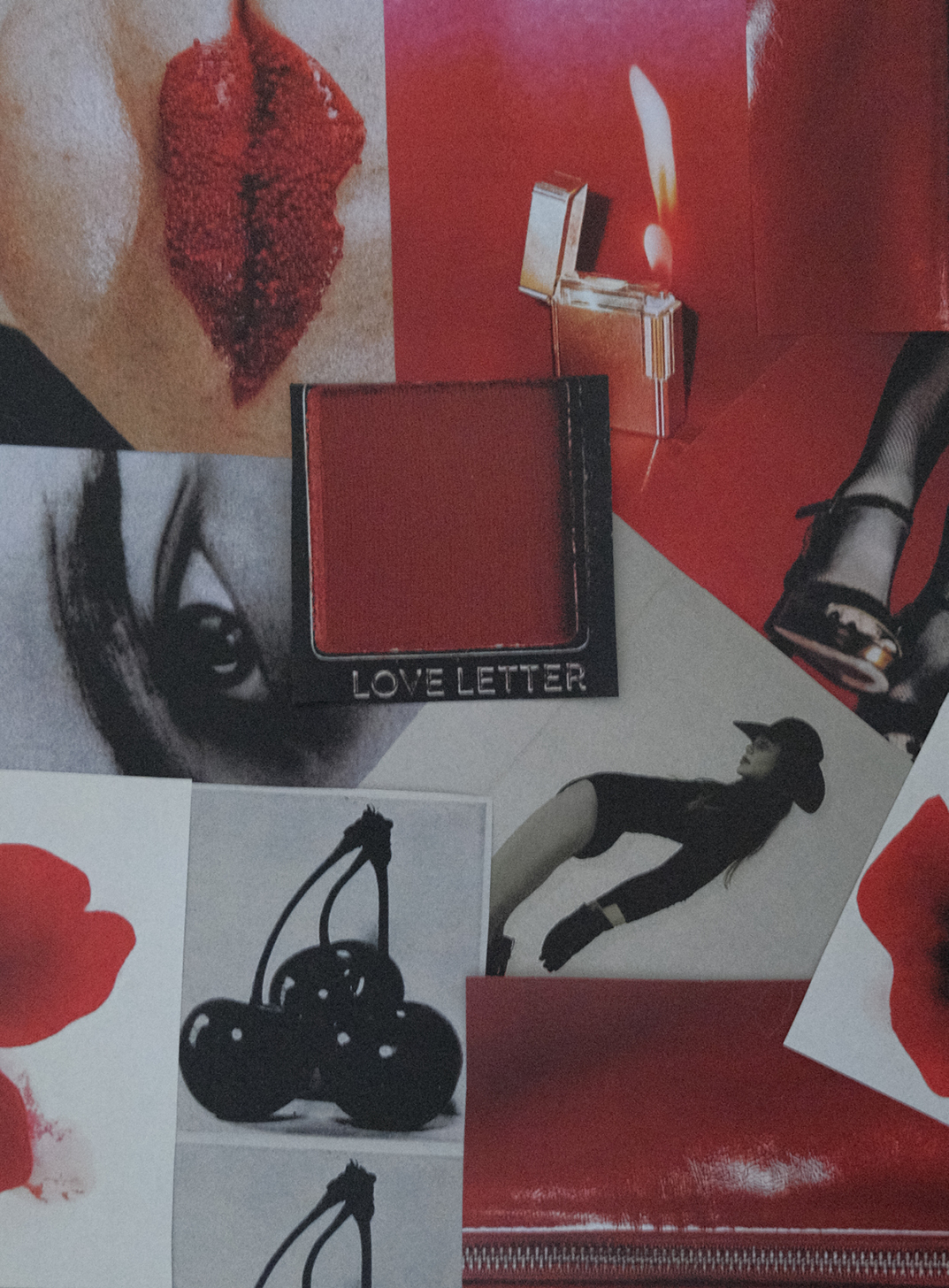
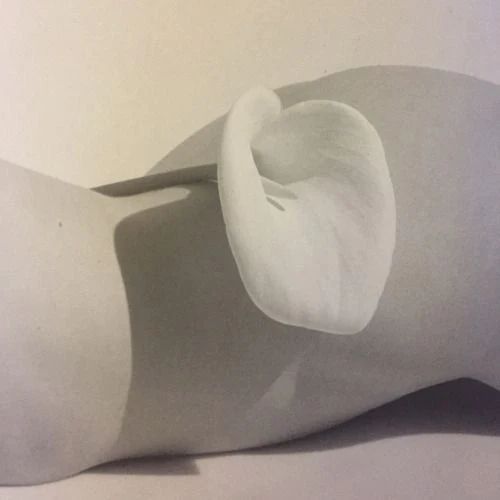
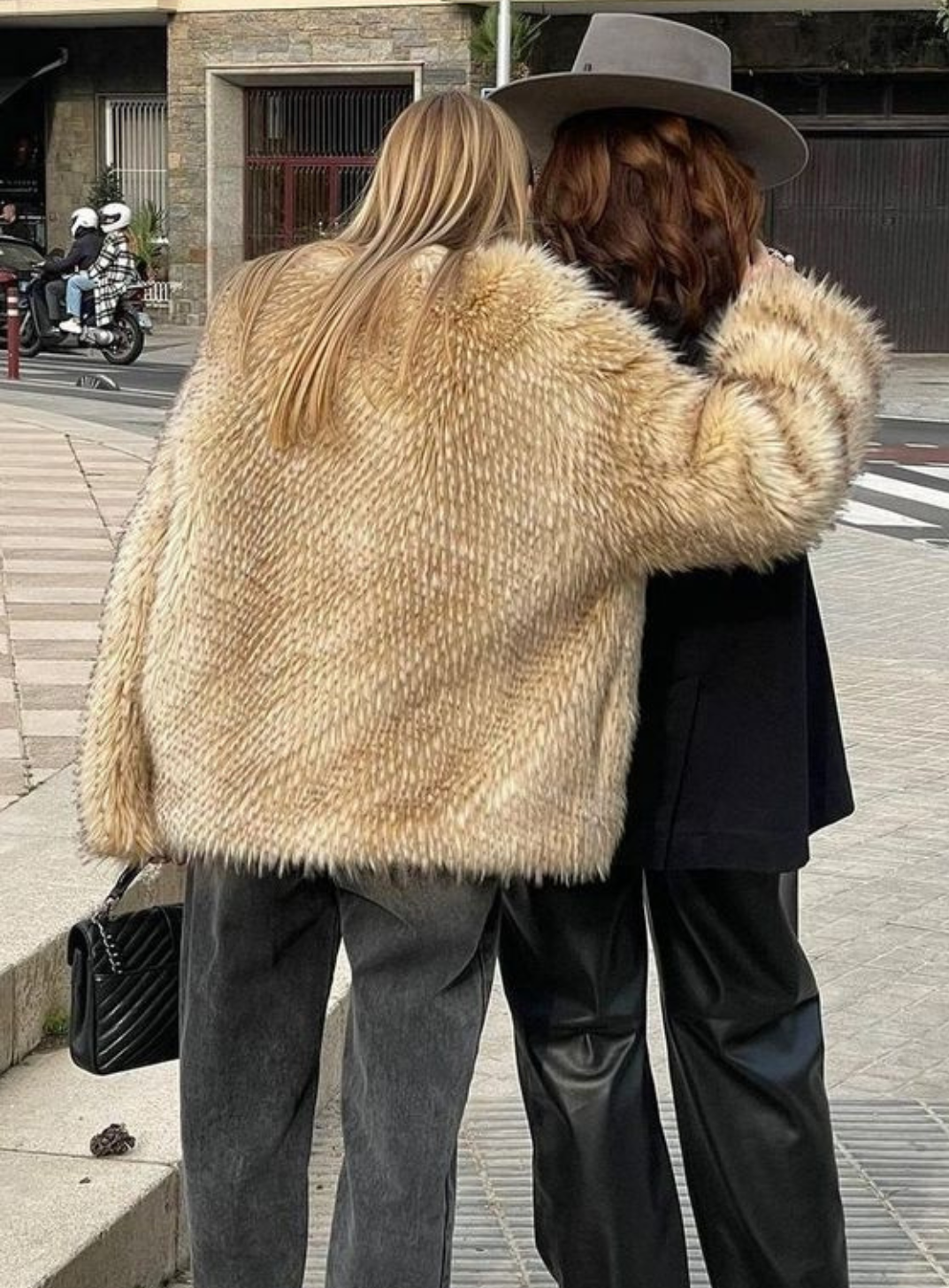
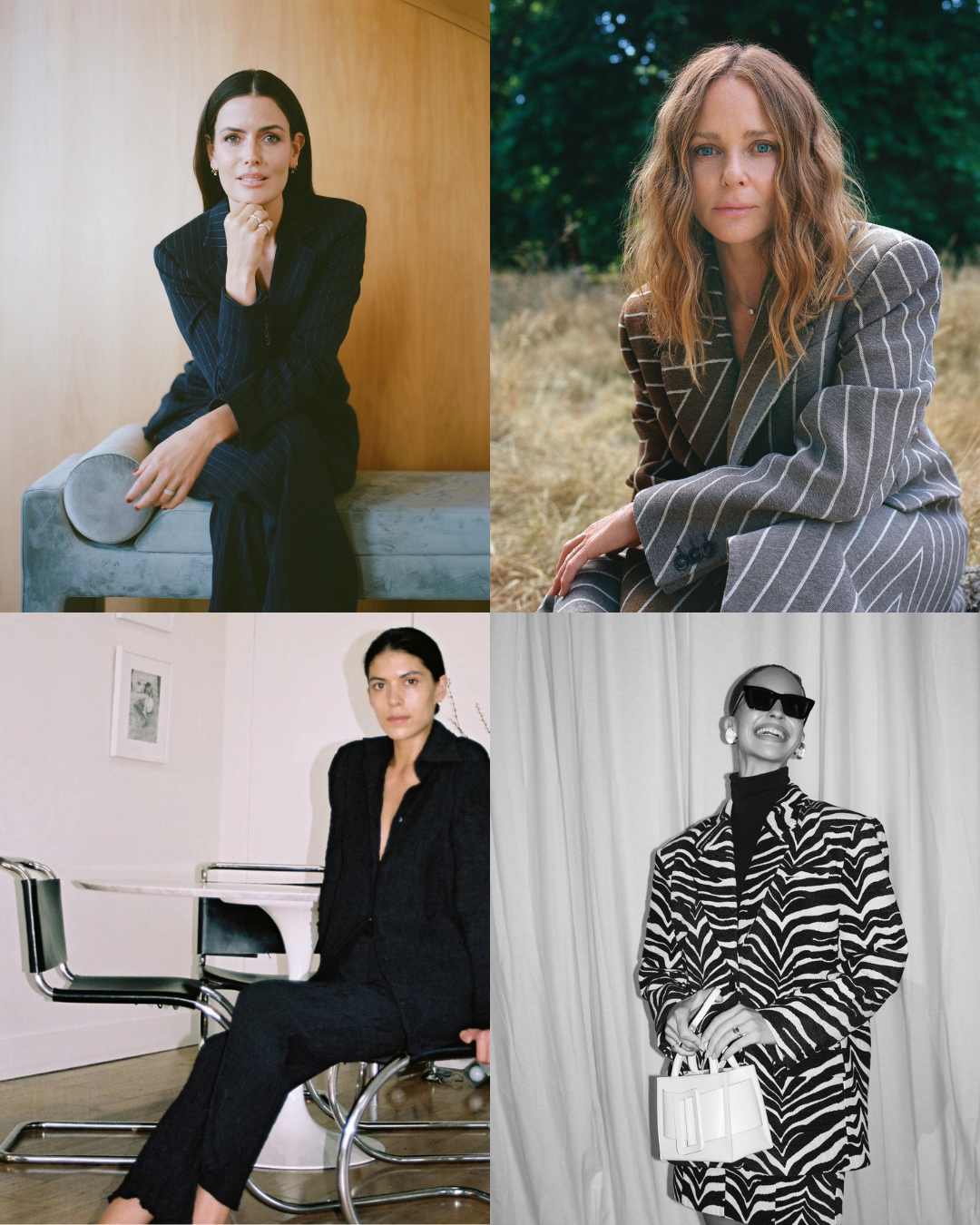
Comments